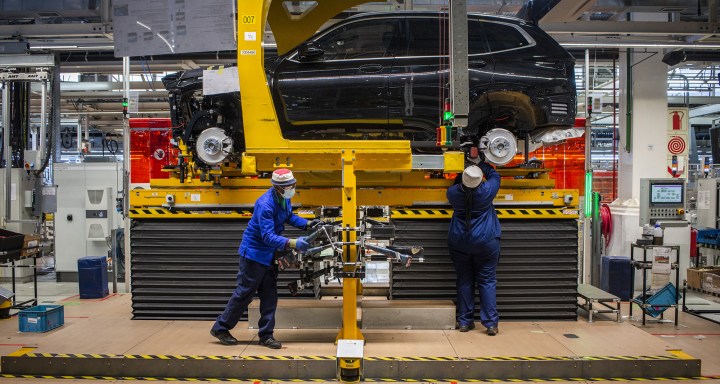ECONOMIC OUTLOOK
Absa PMI dips in June, signalling deterioration in manufacturing demand and activity

The Absa Purchasing Managers’ Index (PMI) declined slightly in June to 52.2 points, which is no train smash as it at least remains in positive territory. But the business activity subindex suggests output in the manufacturing sector declined during the second quarter (Q2) of 2022. And the survey was taken before Stage 6 load shedding kicked in.
Absa said on Friday that its PMI dipped to 52.2 in June from 54.8 in May. The PMI boils down to a measure of confidence among purchasing managers in the manufacturing sector, and so it’s a key indicator of the industry’s health. So on the bright side, it remained just in positive territory in June as its range is zero to 100.
But as Absa noted, the “headline PMI masks a worrying deterioration in demand and activity during the month. The business activity index signalled a contraction in output for a third consecutive month. Indeed, the average level for the second quarter [45] is much lower than the average recorded in the first quarter [58.9].
“Along with the stark decline in actual factory output in April, this suggests that after a stellar performance at the start of the year, the sector is likely to be a big drag on GDP in the second quarter. This is as the destructive flooding in KwaZulu-Natal, sustained supply chain friction and significant load shedding weigh on output.”
There was also a sharp drop in the index tracking expected business conditions in six months’ time.
“The index fell to 53.8 in June, down by almost 10 points from May. This is the least optimistic purchasing managers have been this year. The majority of the responses were received before the recent ramping up of the intensity of load shedding,” Absa said.
This bodes well for economic growth prospects in Q2 after the overall economy grew a faster than expected 1.9% quarter on quarter, in Q1, bringing output back to pre-pandemic levels.
Still, not all of the economic data from June is dour.
The National Automotive Business Council, or Naamsa, reported on Friday that on a year-on-year basis, new vehicle sales in South Africa rose 7.6%. And export sales were up 18%, which is a good sign for local car makers.
But in the wake of Stage 6 load shedding, sentiment is bound to dim further. DM/BM




















 Become an Insider
Become an Insider
Comments - Please login in order to comment.